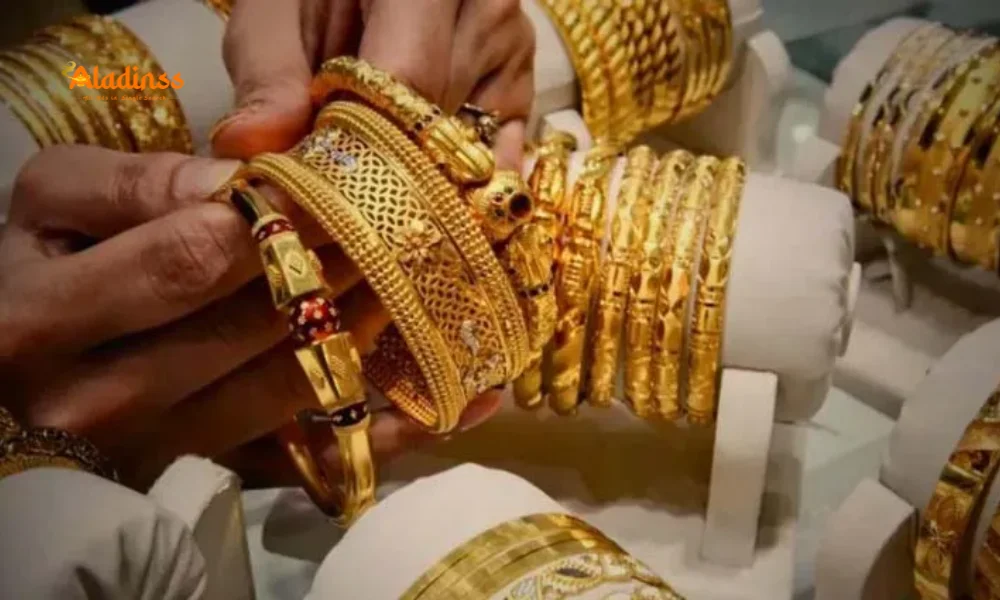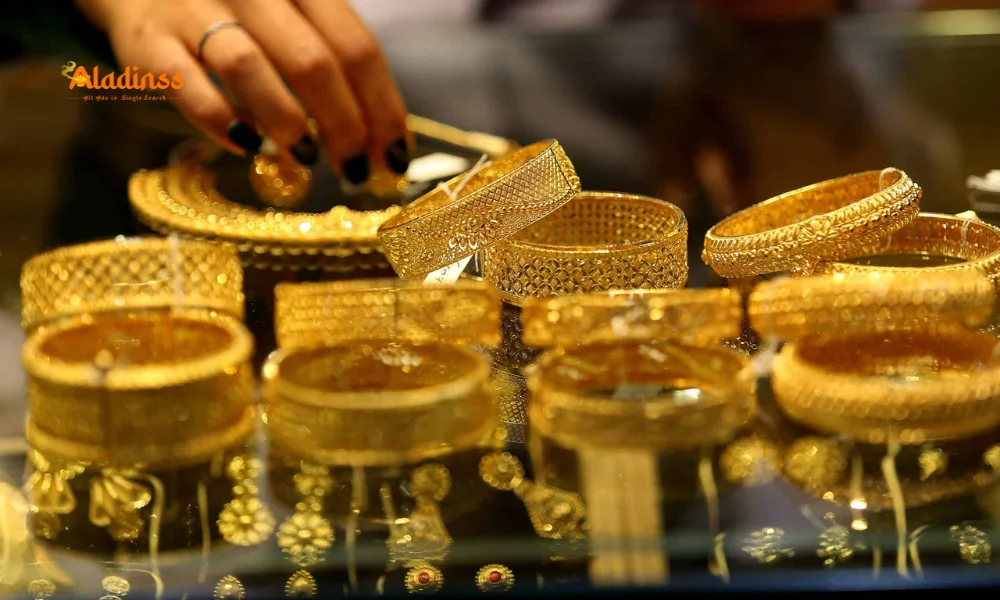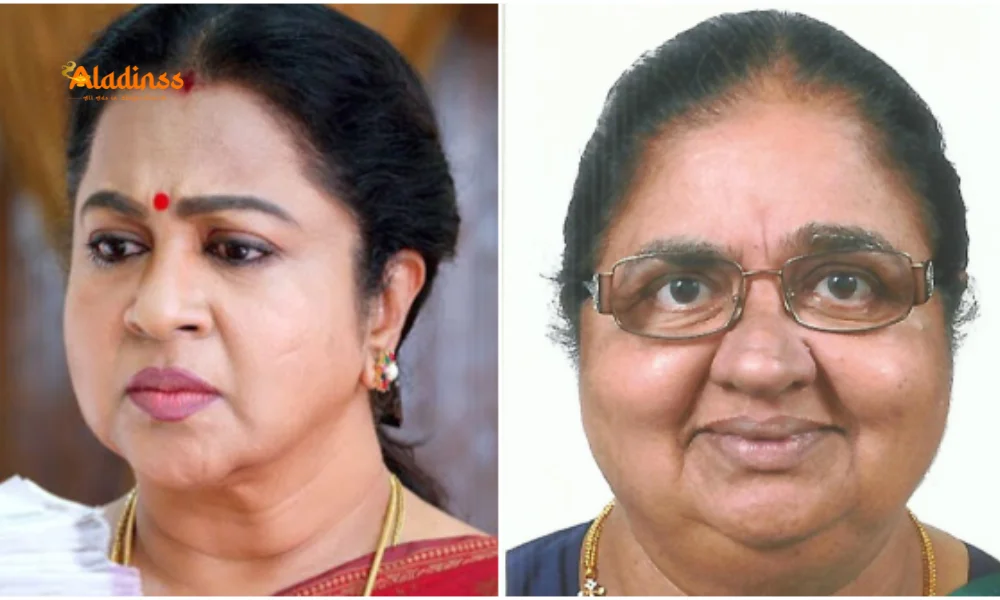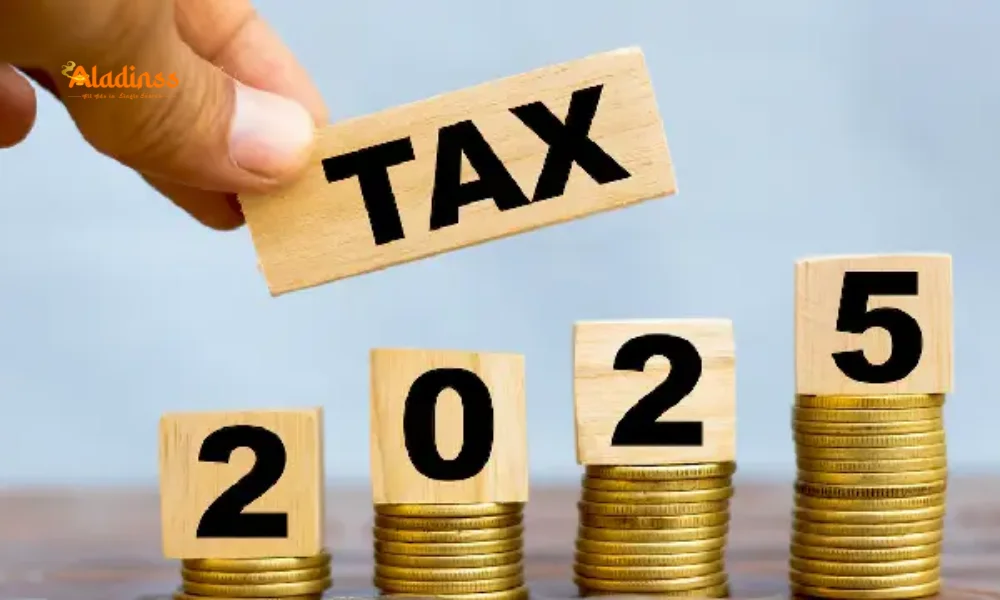Gold Rate Today September 19, 2025: 22K Gold Rises to ₹10,230 Per Gram, Silver at ₹143

Gold Rate Today September 19, 2025: 22K Gold Rises to ₹10,230 Per Gram, Silver at ₹143

Gold prices witnessed a significant uptick on September 19, 2025, as 22-karat gold rates increased by ₹10 per gram, bringing the current market price to ₹10,230 per gram. This latest surge comes after two consecutive days of declining prices, creating renewed concern among potential buyers who have been waiting for a substantial price correction in the precious metals market.
The gold market continues to demonstrate extreme volatility as sovereign prices also experienced an increase of ₹80, reaching ₹81,840 per sovereign on September 19th. Meanwhile, silver prices joined the upward trend with a modest increase of ₹2 per gram, currently trading at ₹143 per gram and ₹1,43,000 per kilogram, reflecting the broader precious metals rally affecting Indian markets.
Recent Price Movement Analysis
The recent price trajectory of gold has been marked by significant fluctuations that reflect the complex interplay of domestic and international market forces. On September 18, 2025, there was a temporary relief for consumers as 22-karat gold prices dropped by ₹50 per gram, bringing the price down to ₹10,220 per gram, while sovereign prices decreased by ₹400 to reach ₹81,760.
However, this brief respite proved short-lived as market dynamics quickly reversed the downward trend. The September 19th price increase represents a continuation of the longer-term bullish trend that has characterized gold prices throughout 2025, with experts noting that such volatility has become increasingly common in precious metals trading.
Market analysts attribute the recent price surge to several factors including global economic uncertainty, inflation concerns, currency fluctuations, and increased demand from institutional investors seeking safe-haven assets during periods of market turbulence. The Indian gold market, being one of the world's largest consumers, continues to play a crucial role in global price determination.
The price volatility has created a challenging environment for both buyers and sellers, with many consumers adopting a wait-and-watch approach while hoping for more substantial price corrections that could make gold purchases more affordable for average Indian families.
Also Read: Mahalaya Amavasai September 21, 2025: Auspicious Time for Ancestral Tithi and Tarpanam Rituals
Current Gold Rate Breakdown by Karat
The current gold rate structure across different karat categories shows significant variation based on purity levels. 24-karat gold, representing the highest purity level, is currently priced at approximately ₹11,117 per gram, while 22-karat gold, which is more commonly used in Indian jewelry making, stands at ₹10,230 per gram as of September 19, 2025.
The 18-karat gold category has maintained price stability, remaining unchanged at ₹8,470 per gram, with sovereign prices holding steady at ₹67,760. This stability in 18-karat gold suggests that different purity levels are responding differently to market pressures, possibly due to varying demand patterns across different consumer segments.
The price differential between different karat categories reflects the gold content percentage, with 24-karat representing 99.9% pure gold, 22-karat containing approximately 91.6% gold content, and 18-karat consisting of about 75% gold. These variations directly impact pricing structures and consumer preferences in the Indian jewelry market.
Understanding these karat-based price differences is crucial for consumers making informed purchasing decisions, particularly as the price gap between different purity levels continues to widen with overall market increases. Many buyers are now opting for lower karat gold to manage their budget constraints while still acquiring precious metal assets.
Historical Price Performance and Market Trends
The remarkable growth trajectory of gold prices over the past decade has fundamentally altered the precious metals landscape in India. Market experts have documented an unprecedented increase of approximately 1,200 percent in gold prices over the last 10 years, representing one of the most significant asset price appreciations in recent financial history.
This extraordinary price appreciation has transformed gold from an accessible savings instrument for middle-class families into a premium investment option that requires substantial financial planning. The crossing of the ₹10,000 per gram threshold for 22-karat gold represents a psychological barrier that has fundamentally changed consumer behavior and purchasing patterns.
The sustained upward trend has been driven by multiple factors including global monetary policies, inflation hedging demands, currency devaluation concerns, geopolitical tensions, and increasing institutional investment in precious metals as portfolio diversification tools. Indian consumers, traditionally among the world's largest gold buyers, have had to adapt their purchasing strategies significantly.
Long-term market analysis indicates that gold price appreciation has outpaced most traditional investment vehicles, making it both an attractive investment option and an increasingly expensive consumer commodity. This dual nature has created complex market dynamics that continue to influence pricing trends and consumer behavior patterns.
Impact on Indian Jewelry Industry and Consumer Behavior
The sustained elevation in gold prices has profoundly impacted the traditional Indian jewelry industry, forcing manufacturers, retailers, and consumers to adapt to a new economic reality. Wedding jewelry purchases, which have historically been a cornerstone of Indian cultural traditions, now require unprecedented financial planning and often involve significant family savings or borrowing.
Jewelry retailers report significant changes in consumer purchasing patterns, with many buyers opting for lighter weight ornaments, lower karat gold, or postponing purchases altogether until prices show meaningful correction. The traditional practice of accumulating gold jewelry as a form of savings has become increasingly challenging for middle-class families.
Industry experts note that the high prices have led to increased interest in gold exchange programs, where consumers trade older jewelry for new designs while minimizing additional cash outlay. Additionally, there has been growing popularity of gold investment schemes offered by jewelers, allowing customers to make regular payments and purchase jewelry when their payment cycle completes.
The price surge has also accelerated adoption of alternative investment products such as gold Exchange Traded Funds (ETFs), digital gold platforms, and gold mutual funds, which allow investors to gain exposure to gold price movements without the storage and security concerns associated with physical gold ownership.
Silver Market Performance and Parallel Trends
The silver market has demonstrated correlated movement with gold prices, though with lower absolute price levels that maintain its accessibility for a broader consumer base. The current silver price of ₹143 per gram represents a ₹2 increase from the previous trading session, indicating that precious metals across the spectrum are experiencing upward pressure.
Silver's price trajectory at ₹1,43,000 per kilogram reflects the metal's dual nature as both an industrial commodity and a precious metal investment vehicle. Unlike gold, silver has substantial industrial applications in electronics, solar panels, medical equipment, and various technological applications, creating additional demand dynamics beyond traditional investment and jewelry uses.
The silver-to-gold price ratio continues to present interesting investment opportunities for precious metals enthusiasts, as silver historically tends to outperform gold during periods of strong precious metals rallies. This ratio analysis has become increasingly important for investors seeking to optimize their precious metals portfolio allocation.
Indian silver consumption patterns show resilience despite price increases, partly due to the metal's continued affordability compared to gold and its important role in religious ceremonies, festivals, and traditional gift-giving practices that remain culturally significant regardless of price fluctuations.
Global Economic Factors Influencing Gold Prices
International economic conditions continue to exert significant influence on Indian gold prices through various transmission mechanisms including currency exchange rates, global inflation trends, monetary policy decisions by major central banks, and geopolitical developments that affect investor risk sentiment and safe-haven asset demand.
The US Federal Reserve's monetary policy stance, European Central Bank decisions, and Chinese economic growth patterns all contribute to global gold price formation, which then translates into Indian market pricing through import dynamics and currency conversion factors. The Indian rupee's performance against major international currencies plays a crucial role in determining domestic gold prices.
Current global inflationary pressures have increased gold's appeal as an inflation hedge, while concerns about potential economic slowdowns in major economies have simultaneously boosted demand for safe-haven assets. This complex interplay of opposing economic forces creates the volatility that characterizes today's precious metals markets.
Emerging market economic policies, particularly those affecting major gold-consuming nations like China and India, also influence global supply and demand balances. Changes in import duties, taxation policies, or regulatory frameworks in these markets can have substantial impacts on international gold price formation and local market dynamics.
Investment Strategies and Market Outlook
Financial advisors increasingly recommend diversified approaches to gold investment that balance the desire for precious metals exposure with the need for cost-effective acquisition strategies. Dollar-cost averaging through systematic investment plans has gained popularity as a method to reduce the impact of price volatility on overall portfolio performance.
The current price environment has made gold ETFs and digital gold platforms more attractive to retail investors who want gold exposure without the storage, insurance, and security concerns associated with physical gold ownership. These investment vehicles provide liquidity advantages and eliminate making charges typically associated with physical jewelry purchases.
Market timing strategies have become increasingly challenging due to the high volatility and unpredictable nature of short-term price movements. Many investment professionals now advocate for viewing gold as a long-term portfolio component rather than a short-term trading opportunity, emphasizing its role in portfolio diversification and inflation protection.
Price forecasts for September 2025 suggest continued volatility with potential monthly maximum prices reaching ₹121,401 and minimum levels around ₹107,585, indicating that current price levels may be within expected trading ranges despite feeling elevated to consumers accustomed to historically lower prices.
Regional Price Variations and Market Dynamics
Gold prices across different Indian cities show variations based on local taxes, transportation costs, dealer margins, and regional demand patterns. Major metropolitan markets like Mumbai, Delhi, Chennai, and Kolkata typically serve as price discovery centers, while smaller cities and towns may experience slight premiums or discounts based on local market conditions.
The arbitrage opportunities between different regional markets have diminished significantly due to improved price transparency through digital platforms and real-time price dissemination, but small variations continue to exist based on local supply and demand imbalances and varying dealer cost structures.
Import hub cities often experience slightly lower prices due to reduced transportation costs and direct access to wholesale markets, while interior locations may carry modest premiums that reflect additional logistics and distribution expenses. These regional variations provide opportunities for informed buyers willing to travel or source from different locations.
Online platforms have increasingly standardized pricing across regions, though delivery charges, insurance costs, and local tax variations still create some geographic price differences. The digitization of gold trading has generally improved price transparency and reduced regional arbitrage opportunities while providing consumers with better access to competitive pricing.
As the gold market continues its volatile journey, consumers and investors must navigate an environment where traditional price anchors have shifted dramatically upward, requiring new strategies for both consumption and investment decisions. The September 19th price increase reinforces the need for careful market monitoring and strategic planning for anyone considering gold purchases or sales in the current market environment.
Comment / Reply From
No comments yet. Be the first to comment!








